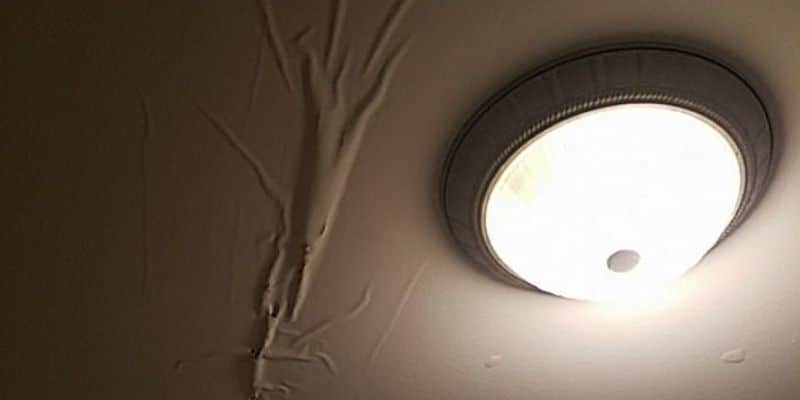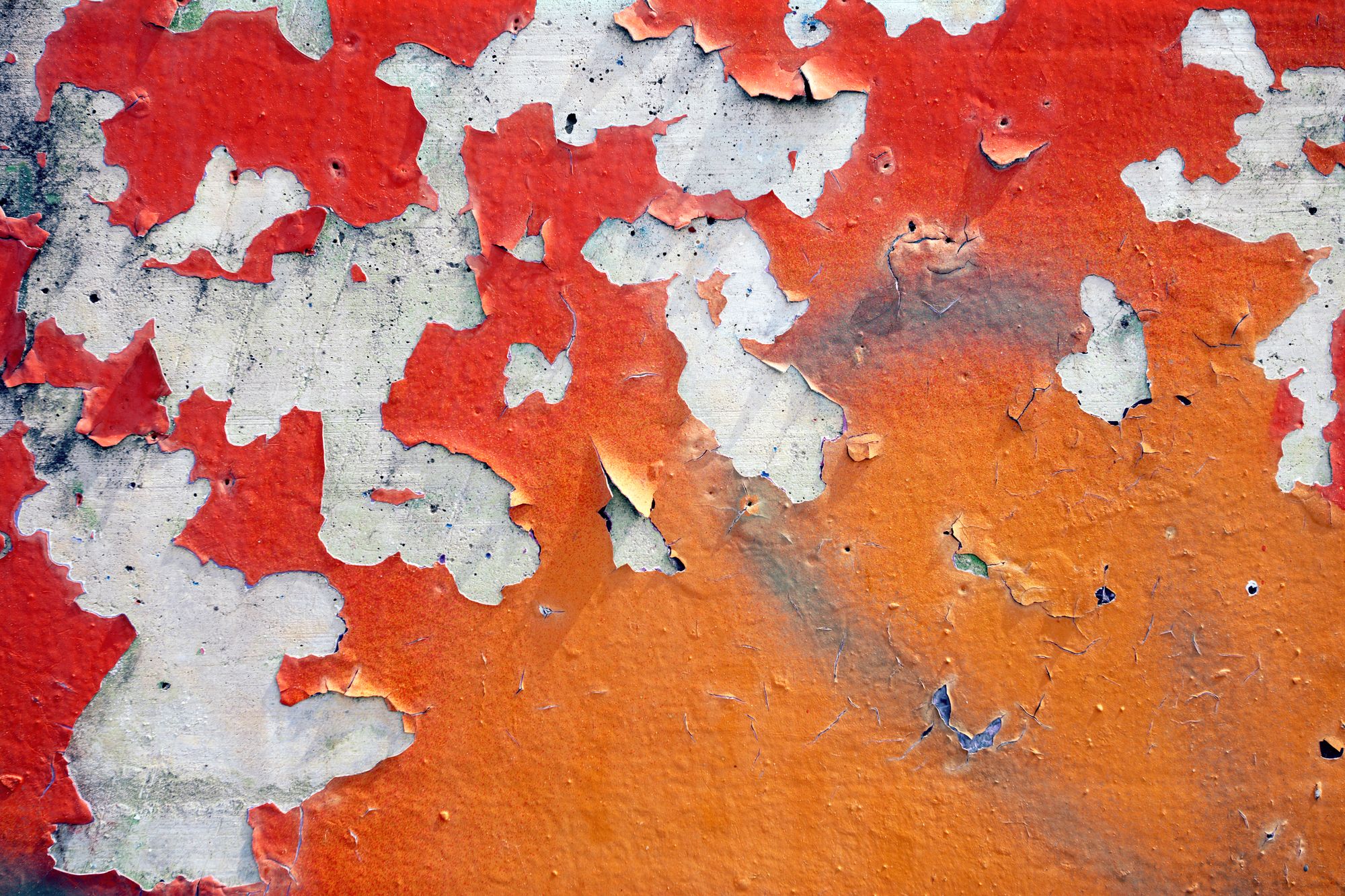Wall Leak Locating and Fix - An In-depth Guide
SourceEvery person has their unique theory involving How to Find and Repair Water Leaking in the Wall.

Water stains on walls are not pleasurable to the eyes. In some cases it appears almost inescapable to experience water discolorations on wall surfaces in residences.
Homeowners residing in humid regions regularly deal with the concern of water stains on walls. But that does not have to be the case for you. With well-rounded and exact info on the reasons for water stains and timely repair service processes, you will certainly always be an action ahead of such occurrences. So, this write-up guarantees to be a valuable overview for you.
3 Typical Causes of Water Spots on Walls
In contrast to common belief, water spots on walls do not always stem from bad structure materials. There are numerous sources of water stains on wall surfaces. These consist of:
Damp
When hot damp air consults with completely dry cool air, it creates water droplets to base on the wall surfaces of buildings. When there is vapor from cooking or showers, this takes place in kitchen areas and also washrooms. The water droplets can stain the surrounding walls in these parts of your residence and spread to various other locations.
Damp or condensation affects the roof covering as well as walls of structures. When the wall is wet, it develops an appropriate environment for the development of germs as well as fungis.
Poor Drain
This will protect against water from seeping right into the walls. This web links to extreme moisture that you observe on the wall surfaces of your building.
So, the leading cause of damp walls, in this case, can be a poor drainage system. It can likewise be due to poor monitoring of sewer pipelines that run through the building.
Pipeline Leaks
Most houses have a network of water pipelines within the wall surfaces. It always increases the stability of such pipelines, as there is little oxygen within the walls.
Yet, a drawback to this is that water leakage affects the wall surfaces of the building as well as triggers widespread damages. A telltale sign of damaged pipelines is the appearance of a water stain on the wall surface.
Pro Idea
A houseplant in your house additionally raises its humidity. So, if your house is already humid, you might intend to introduce houseplants with very little transpiration. An instance of appropriate houseplants is succulents.
Water Discolorations on Wall: Repair Work Tips
When dealing with water spots, house owners would generally desire a fast solution. Yet, they would certainly quickly recognize this is detrimental as the water spots reoccur. So, below are a few practical suggestions that will guide you in the repair service of water spots on walls:
Conclusion
No one desires to have water discolorations on wall surfaces in their home, it can occur to the best of us. This write-up provides you leverage, as you currently know exactly how to handle this problem if it does happen.
It is constantly best to recruit professional solutions to aid repair the problems in your home.
Sometimes it appears nearly inevitable to experience water discolorations on walls in homes.
Contrary to preferred idea, water stains on walls do not constantly stem from inadequate building materials. There are numerous causes of water spots on walls. The water droplets can tarnish the surrounding wall surfaces in these parts of your house and also spread to other areas.
Here are a few handy suggestions that will certainly assist you in the repair of water discolorations on walls:
CHECKING FOR WATER DAMAGE
Water damage can be costly, and it may begin before you even notice the first signs of trouble. Water damage can cause mold and mildew in your walls and floors, which can create an abundance of health concerns for your family. It can also lead to costly repairs of various appliances and general home fixtures. To avoid the pricey consequences of water damage, here are Warner Service’s top 5 places you should check:
The walls – The easiest place to spot the beginnings of water damage is on the walls and ceilings of your home. If water damage is present, there will most likely be water stains, especially around the windows and doorframes, and/or cracks in the drywall. If a stain looks unusual (discolored to brown, black or gray, raised texture), has a swollen appearance or is soft to the touch, contact a professional immediately. The pipes – To avoid water damage, consistently check the pipes in your kitchen (especially the dishwasher and ice maker), bathrooms, laundry room (specifically washing machines) and basement for corrosion, leaks and water stains. Pay special attention to where the pipes connect in your home and the location of caulking around the bathroom fixtures, including toilets, sinks, showers and tubs. Missing or loose caulking and grout could be signs of leaking water. This seepage can also quickly cause mold and rust, so double check your water heater and tank for wet spots on the floor. The floor – Water damage is very easy to spot on the floor. Look for any warping or buckling of the material, especially in the basement. If your home has wood flooring, look for bright white or dark stains. If your home has carpeting, keep it dry and clean. A damp carpet that smells of mold could cause water damage and health problems. To avoid this, consider installing floor pans under your appliances to help prevent damages from small, slow and undetected leaks. The basement and attic – If your basement or attic smells odd check for mold and mildew around the area, especially the valley where the roof meets. While you are inspecting those areas, check for wall cracks, floor stains, rust and dampness in the insulation. If you live in a colder and/or rainier climate, perform routine checks for water damage from melting snow or ice and rain. The exterior – Check the roof for damaged flashing and missing, cracked or curled shingles. There should also be no standing water anywhere outside your home. This could be caused by puddles, leaky rain gutters or hoses, poor drainage, or short gutter spouts. Invest in a sump pump system or water flow monitoring system, and perform routine maintenance on these outdoor appliances to avoid indoor water damage.

We were guided to that editorial about How to Remove Water Stains from Walls and Ceilings from someone on another blog. Are you aware of somebody who is excited by the subject? Take a moment to promote it. I am grateful for your time. Visit us again soon.
Precision emergency plumbing services here.